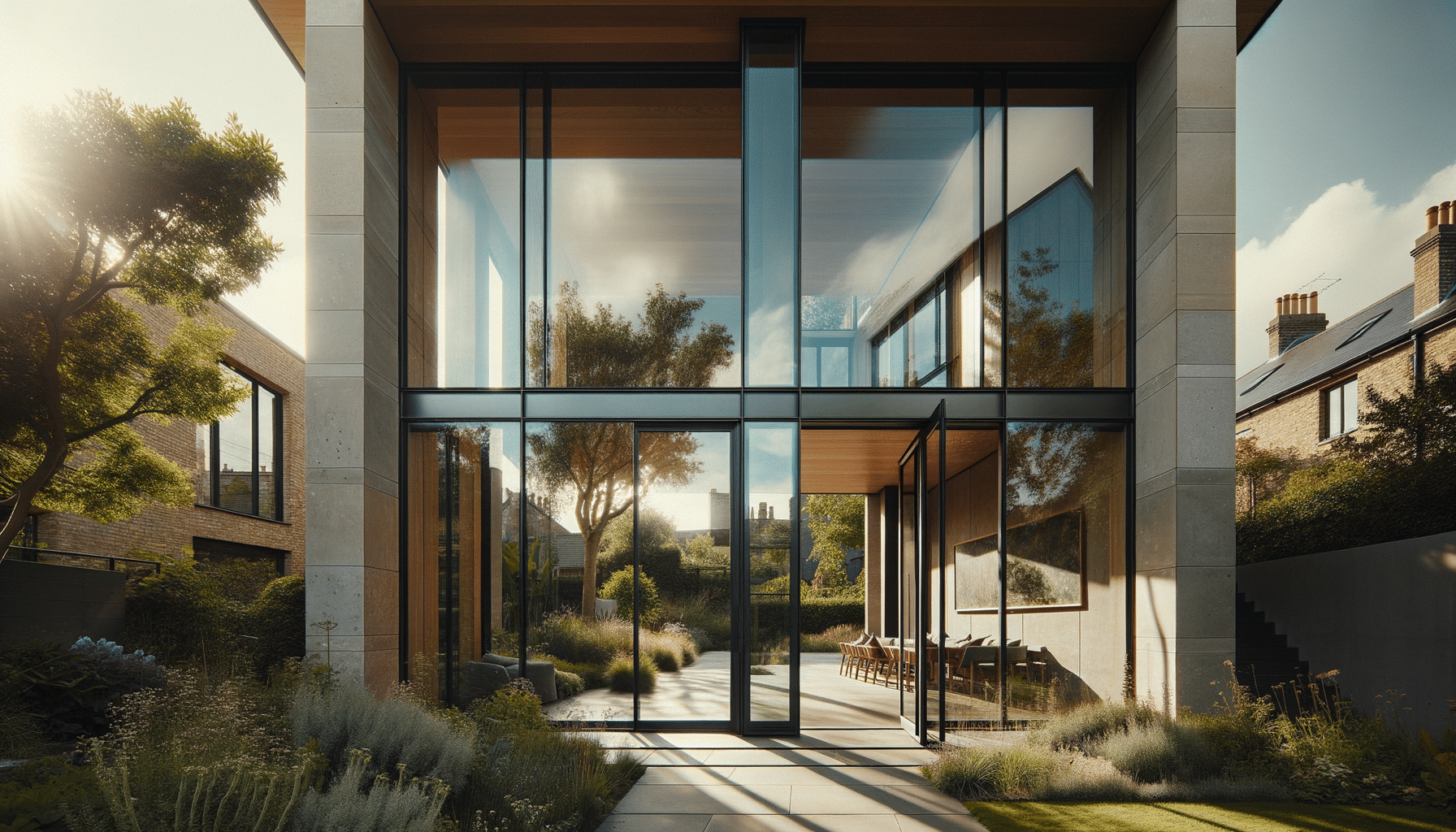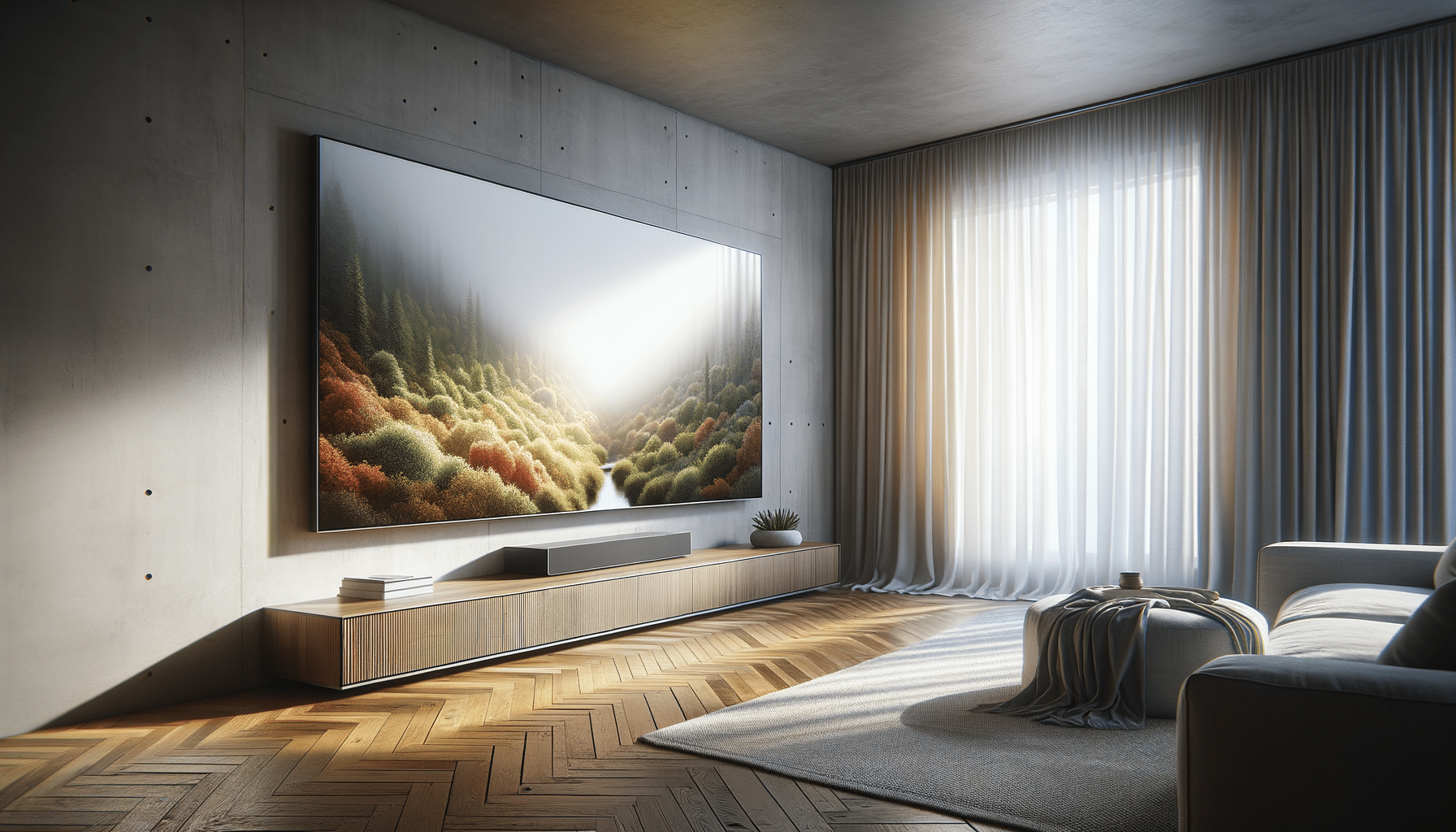
Discover Modern Window Trends for Every Home
The Evolution of Window Designs in Modern Homes
Windows have always been more than mere openings to allow light into a home. They are integral elements of architectural design that contribute to a home’s aesthetic and functional value. Over the years, window designs have evolved significantly, reflecting changes in architectural styles, technological advancements, and environmental considerations. Today, modern window trends focus not only on aesthetics but also on energy efficiency and sustainability.
One of the most notable trends is the shift towards larger windows. Homeowners appreciate the expansive views and the abundance of natural light that large windows provide. This trend aligns with the growing preference for open, airy spaces that blend indoor and outdoor environments seamlessly. Large windows can transform a room, making it feel more spacious and connected to nature.
Another trend is the use of energy-efficient windows. With increasing awareness of environmental issues, more homeowners are opting for windows that help reduce energy consumption. These windows often feature double or triple glazing, low-emissivity coatings, and advanced frame materials that minimize heat loss and improve insulation.
Additionally, smart windows are gaining popularity. These innovative windows can adjust their tint based on the intensity of sunlight or be controlled remotely via smart devices. They offer a perfect blend of convenience and energy efficiency, making them a sought-after choice for tech-savvy homeowners.
Materials and Technologies in Modern Window Trends
Materials and technologies play a crucial role in shaping modern window trends. Traditional wood frames are now being replaced or complemented by materials like aluminum, vinyl, and fiberglass. Each material offers unique benefits, such as durability, energy efficiency, and low maintenance, catering to different homeowner preferences.
Aluminum windows are known for their sleek appearance and strength, making them ideal for contemporary homes. They offer a minimalist look while providing excellent durability and resistance to the elements. Vinyl windows, on the other hand, are popular for their affordability and energy efficiency. They require minimal maintenance and are available in a variety of styles and colors.
Fiberglass windows are gaining attention for their superior insulation properties and durability. They are resistant to warping and expanding, which makes them perfect for regions with extreme weather conditions. Additionally, fiberglass can be painted, allowing homeowners to customize their windows to match their interior and exterior décor.
Technological advancements have also introduced smart glass technology, which allows windows to change their transparency based on external conditions. This technology not only enhances energy efficiency but also provides privacy without the need for curtains or blinds.
Design Aesthetics: Merging Functionality with Style
Modern window trends emphasize a balance between functionality and style. Homeowners are increasingly looking for windows that not only perform well but also enhance the visual appeal of their homes. Sleek, clean lines and minimalist designs are prevalent, reflecting the broader trend towards contemporary architecture.
Frameless windows are a popular choice for those seeking a seamless look. These windows create an uninterrupted view and a sleek appearance that complements modern design aesthetics. They are often used in living rooms and other areas where maximizing the view is a priority.
Color is another important aspect of window design. While traditional white frames remain popular, there is a growing trend towards darker frames, such as black or charcoal. These colors add a modern touch and create a striking contrast against lighter walls.
Furthermore, the integration of windows with other design elements, such as doors and walls, is becoming more common. For example, sliding glass doors that extend from floor to ceiling blur the line between indoor and outdoor spaces, creating a harmonious transition that is both functional and visually appealing.
Energy Efficiency and Environmental Considerations
As environmental concerns continue to influence consumer choices, energy efficiency has become a key consideration in window design. Modern windows are designed to minimize energy loss, reduce heating and cooling costs, and contribute to a sustainable lifestyle.
Double and triple-glazed windows are common in energy-efficient designs. They help maintain a consistent indoor temperature by reducing heat transfer, making homes more comfortable and reducing reliance on heating and cooling systems. Low-emissivity (Low-E) coatings are often used to reflect heat and reduce energy consumption further.
In addition to glazing, the choice of frame material impacts energy efficiency. Insulated frames, such as those made from vinyl or fiberglass, provide better thermal performance compared to traditional materials. These frames help prevent drafts and improve the overall insulation of a home.
Homeowners are also considering the environmental impact of their window choices. Sustainable materials, such as recycled aluminum or wood from certified sources, are becoming more popular. Additionally, windows designed for passive solar gain can help reduce energy consumption by maximizing natural light and heat during colder months.
Personalizing Window Trends to Suit Your Home
While trends provide inspiration, personalizing window choices to suit individual homes and preferences is essential. Homeowners should consider factors such as the architectural style of their home, the local climate, and their lifestyle needs when selecting windows.
For instance, in regions with harsh winters, windows with high insulation values are crucial for maintaining comfort and reducing energy costs. In contrast, homes in warmer climates may benefit from windows with UV protection to reduce heat gain and glare.
Customization options, such as color, finish, and hardware, allow homeowners to tailor windows to their taste. Custom-shaped windows can also add a unique touch, enhancing both the interior and exterior design of a home.
Ultimately, the right window choice can enhance the beauty, efficiency, and value of a home. By staying informed about modern trends and considering personal preferences, homeowners can make informed decisions that reflect their style and contribute to a sustainable future.


